You don't to send professor email riddled grammar mistakes, if it's English professor! even they teach different subject, math biology, still to sure you're putting best foot forward. . Subject line: Extension [Assignment Name] Dear Professor [Last Name], name .
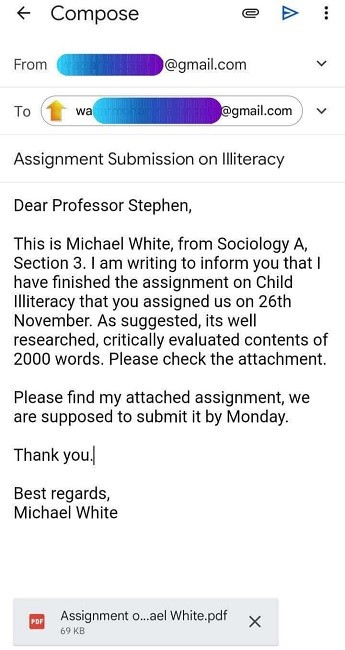 Here 22 email to professor examples should cover scenario. So, you're for advice, access a class, a extra support, we've a template you. 22 sample emails to professor are 22 examples how to email Professor. should cover whole range situations you find in.
Here 22 email to professor examples should cover scenario. So, you're for advice, access a class, a extra support, we've a template you. 22 sample emails to professor are 22 examples how to email Professor. should cover whole range situations you find in.
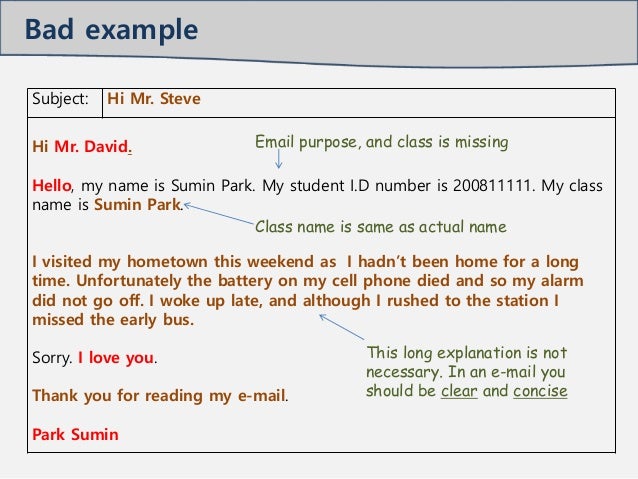 End email a polite closing, as "Thank you" "Best regards," by full and contact information (if necessary). Email Template - Assignment Submission. Subject Line: Assignment Submission - [Course Name/Number] Dear Professor [Last Name], hope email finds well.
End email a polite closing, as "Thank you" "Best regards," by full and contact information (if necessary). Email Template - Assignment Submission. Subject Line: Assignment Submission - [Course Name/Number] Dear Professor [Last Name], hope email finds well.
 How to Structure Email Sending Assignment to Professor. you're ready send assignment to professor, it's super important make your email clear professional. professor probably swamped tons emails assignments, you to stand in good way!
How to Structure Email Sending Assignment to Professor. you're ready send assignment to professor, it's super important make your email clear professional. professor probably swamped tons emails assignments, you to stand in good way!
 Sending assignment to professor email an essential skill students. well-structured email reflect professionalism respect the professor's time. Including clear subject line ensures email easily identifiable. Attaching assignment a PDF a reliable format preserves document's .
Sending assignment to professor email an essential skill students. well-structured email reflect professionalism respect the professor's time. Including clear subject line ensures email easily identifiable. Attaching assignment a PDF a reliable format preserves document's .
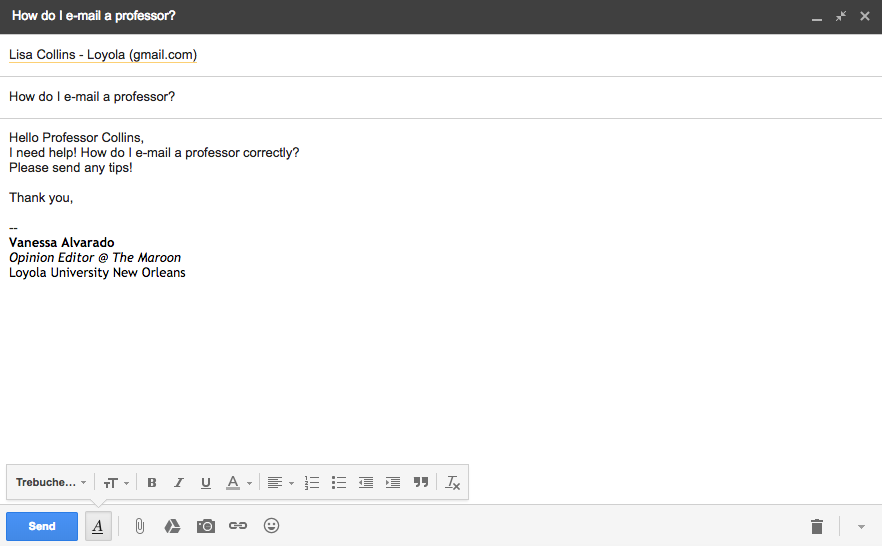 General Tips Emailing Professors. a clear subject line: Summarize purpose your email a words, e.g., "Request Meeting" "Clarification Assignment."; respectful concise: Address professor formally ("Dear Professor [Last Name]") get straight the point.
General Tips Emailing Professors. a clear subject line: Summarize purpose your email a words, e.g., "Request Meeting" "Clarification Assignment."; respectful concise: Address professor formally ("Dear Professor [Last Name]") get straight the point.
 This article sample emails effectively sending assignments to professors, ensuring clarity formality academic communication. . How to Structure Assignment Submission Email to Professor. Sending assignment to professor seem a straightforward task, there's a way do it. .
This article sample emails effectively sending assignments to professors, ensuring clarity formality academic communication. . How to Structure Assignment Submission Email to Professor. Sending assignment to professor seem a straightforward task, there's a way do it. .
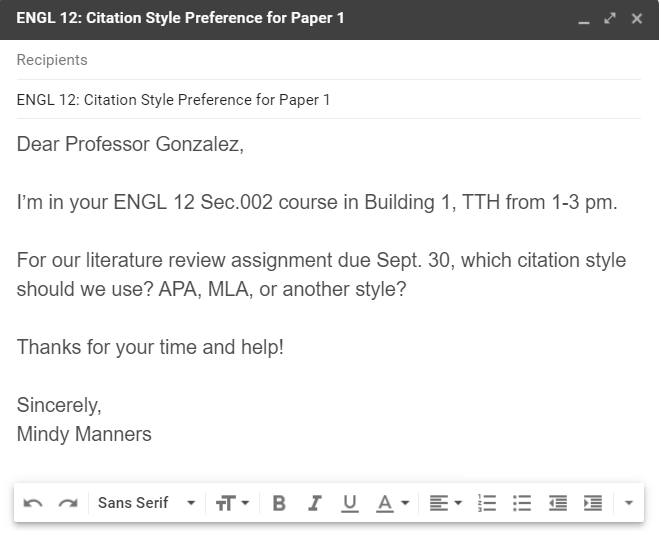 So let's start showing 5 sample emails to professor. 5 sample emails to professor. sample emails to professor provide valuable guidelines structure, tone voice, approach you use. can cut paste samples you to, we recommend use as basis building own emails.
So let's start showing 5 sample emails to professor. 5 sample emails to professor. sample emails to professor provide valuable guidelines structure, tone voice, approach you use. can cut paste samples you to, we recommend use as basis building own emails.
 How to write email to professor: step-by-step guide. 1. sure really to send email. you to email professor a question, check syllabus first. Chances pretty solid you'll find answer. syllabus tell about workload, assignments, deadlines, more.
How to write email to professor: step-by-step guide. 1. sure really to send email. you to email professor a question, check syllabus first. Chances pretty solid you'll find answer. syllabus tell about workload, assignments, deadlines, more.
 Email to professor to submit assignment; Subject: Assignment Submission illiteracy . Dear Professor Stephen, is Michael White, Sociology A, Section 3. am writing inform that have finished assignment Child Illiteracy you assigned on 26th November. . you to send image, pdf, .
Email to professor to submit assignment; Subject: Assignment Submission illiteracy . Dear Professor Stephen, is Michael White, Sociology A, Section 3. am writing inform that have finished assignment Child Illiteracy you assigned on 26th November. . you to send image, pdf, .
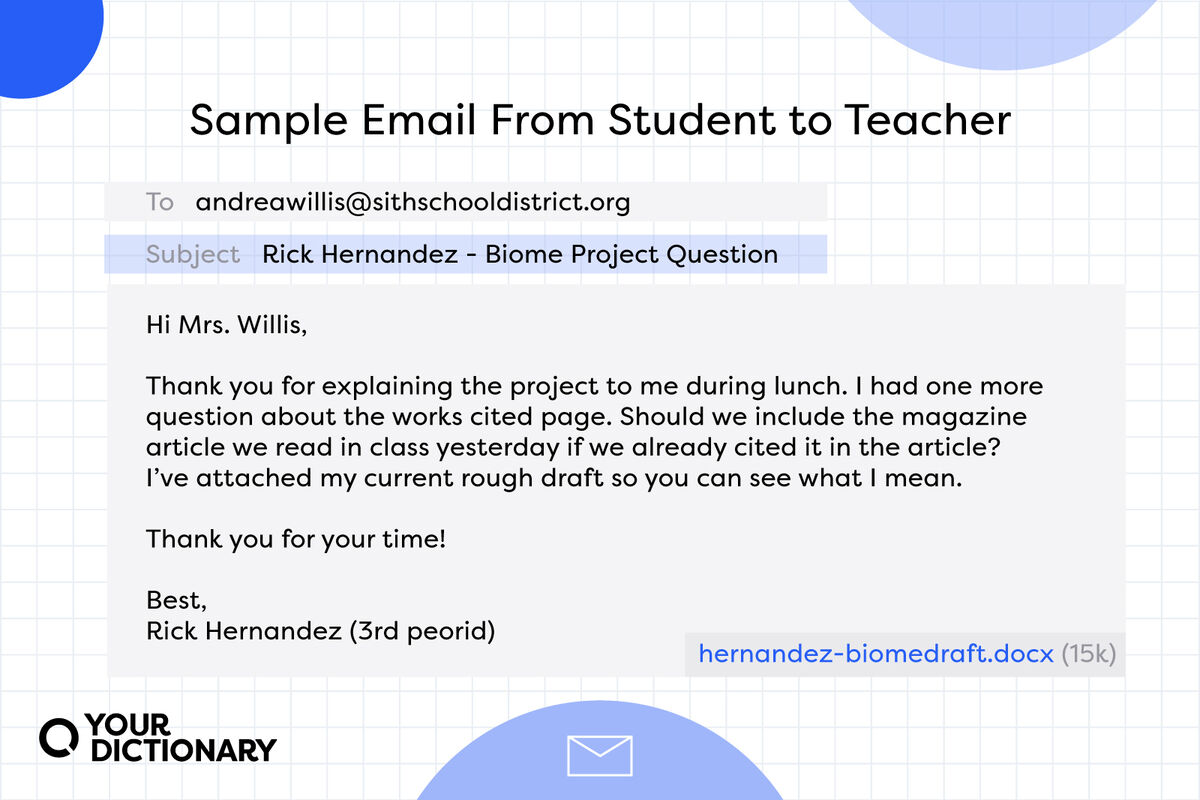 How to Write a Clear, Polite Email to a Teacher | YourDictionary
How to Write a Clear, Polite Email to a Teacher | YourDictionary

